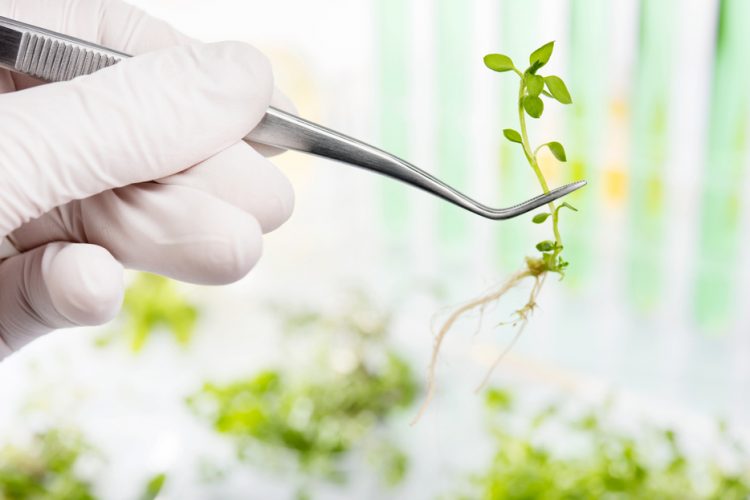New mass spectrometry system for finding potential drugs
Posted: 29 March 2019 | Drug Target Review | No comments yet
New method for computational mass spectrometry will speed up the discovery of natural products that could be used in medicines…


Researchers at the RIKEN Center for Sustainable Resource Science (CSRS) in Japan have developed a new computational mass-spectrometry system for identifying metabolomes – entire sets of metabolites for different living organisms.
When the new method was tested on select tissues from 12 plant species, it was able to note over 1,000 metabolites. Among them were dozens that had never been found before, including those with antibiotic and anti-cancer potential.
In addition to facilitating the screening of plant-specialised metabolomes, the new process could speed up the discovery of natural products that could be used in medicines, according to the team.
Hiroshi Tsugawa, one of the lead researchers, said: “I believe that computationally decoding metabolomic mass spectrometry data is linked to a deeper understanding of all metabolisms. Our next goal is to improve this methodology to facilitate global identification of human and microbiota metabolomes as well. Newly found metabolites can then be further investigated via genomics, transcriptomics, and proteomics.”
The common pain reliever aspirin (acetylsalicylic acid) was first made in the 19th century and is famously derived from willow bark extract. After a new method of synthesis was discovered and used for almost 70 years, scientists were finally able to understand how it works. This was a long historical process.
There are millions of plant species and each has its own metabolome – the set of all products of the plant’s metabolism. Currently, we only know about 5 percent of all these natural products. Although mass spectrometry can identify plant metabolites, it only works for determining if a sample contains a given molecule.
Computational mass spectrometry is a growing research field that focuses on finding previously unknown metabolites and predicting their functions. The field has established metabolome databases and repositories, which facilitate global identification of human, plant, and microbiota metabolomes.
Led by Hiroshi Tsugawa and Kazuki Saito, a team at CSRS has spent several years developing a system that can quickly identify large numbers of plant metabolites, including those that have not been identified before.
As Tsugawa explains, “while no software can comprehensively identify all the metabolites in a living organism, our program incorporates new techniques in computational mass spectrometry and provides 10 times the coverage of previous methods.” In tests, while mass spectrometry-based methods only noted about 100 metabolites, the team’s new system was able to find more than 1,000.
The new computational technique relies on new algorithms that compare the mass spectrometry outputs from plants that are labeled with carbon-13 with those that are not. The algorithms can predict the molecular formula of the metabolites and classify them by type. They can also predict the substructure of unknown metabolites, and based on similarities in structure, link them to known metabolites, which can help predict their functions.
In particular, the system was able to characterise a class of antibiotics (benzoxazinoids) in rice and maize as well as a class with anti-inflammatory and antibacterial properties (glycoalkaloids) in the common onion, tomato, and potato. It was also able to identify two classes of anti-cancer metabolites, one (triterpene saponins) in soy beans and liquorice, and the other (beta-carboline alkaloid) in a plant from the coffee family.
Related topics
Analytical techniques, Informatics, Mass Spectrometry, Metabolomics
Related organisations
RIKEN Center for Sustainable Resource Science
Related people
Hiroshi Tsugawa, Kazuki Saito



